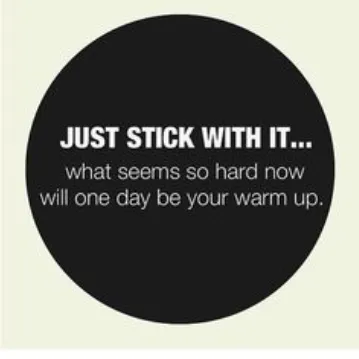
Many people struggle financially because of their lack of knowledge in cashflow generation. Cashflow is defined as your total monthly income minus your total monthly expenses (money in minus money out). In other words, the extra cash you have every month after paying for your expenses. For example, if your total monthly income is $1000, and your total monthly expenses is $800, then your monthly cashflow is $200. That means, you have an extra of $200 every month which you could use to save in your bank account or to spend on something else.
Cashflow = Total Monthly Income – Total Monthly Expenses
Cashflow is important because by having extra cash on hand every month, you could prepare for yourself an emergency fund, in case something unexpected happens. For example, medical expenses, economy crisis or helping someone in need. You could also save the extra cash in a savings or investment account to grow your money. So without further delay, allow me to show you 5 simple steps you could use right now to increase your monthly cashflow.
Step 1: Create A Cashflow Statement
This is the first step that you must follow if you want to increase your cashflow. Firstly, in a piece of paper, write down your total income for this month, and all your expenses. Be sure to categorize your expenses in a few different categories, such as food, utilities, rent, transportation, and etc. You can find many samples of personal cashflow statements online.
Fixed expenses are expenses that are usually paid on a regular basis, such as monthly or weekly. Some examples of fixed expenses include house mortgage, car loan, utility bills, school fees, house rents, insurance premiums, etc. On the other hand, variable expenses are expenses that change significantly from time to time, such as week to week and month to month. Some examples of variable expenses include car maintenance, clothing, year-end shopping, etc. Variable expenses are usually unpredictable, unlike fixed expenses. Your total expenses will be the sum of fixed expenses and variable expenses.
After deducting your total expenses from your gross income (minus payroll deductions), you should be able to get your total disposable income (also known as cashflow) for the month. Try it out!
Total Expenses = Fixed Expenses + Variable Expenses
Step 2: Set Up A Monthly Budget
After creating your cashflow statement, you now have a clearer picture on your money in and out in that particular month. How much is your cashflow? Do you spend a lot on clothes? On the things that you don’t need? With that in mind, you will have to set a monthly budget of how much money to save every month. In other words, deciding how much cashflow do you want every month. It is important that you put aside this amount of money and not spend a single cent from this. I know this is difficult for most people, but the most effective way to increase your cashflow is to pay yourself first. This is because if you pay yourself last (saving whatever that’s left at the end of the month), chances are you won’t have anything left to save. For starters, it is advised that you set aside at least 15% of your income every month for your savings.
“It is important that you put aside this amount of money you have decided earlier on and not spend a single cent from this.”
Step 3: Stick To The Plan
The third step is to stick to the plan. Remember, do not ever spend a cent from the amount you paid yourself. I repeat again, leave the money alone! Self-discipline is required for this, and unless you stick to this plan, you will never get to save any money in the future. Trust me, I’ve been there.

Step 4: Identify and Reduce
Now, you may be struggling to make ends meet with your new financial strategy. This is normal. If you’re struggling it means that you’re about to learn something new. What you have to do now is to identify in which area you spend a lot of money on. For example, you may notice that you have been spending quite a huge sum of money on clothes and electronic gadgets, which you don’t really need. Circle these down. Reduce spending on doodads, on things that you don’t require, the Starbucks coffee, the branded handbag you see in the departmental stores, and etc. You’ll be surprised to see hundreds or even thousands of dollars saved just by cutting down on unnecessary expenses.
“If you’re struggling it means that you’re about to learn something new.”
Step 5: Increase Your Income
Now that you have done all the 4 steps mentioned above, you should have steady cashflow every month. The last step to get even more cashflow is to increase your income. Remember, cashflow is your total income minus your total expenses. The most common way to do this is to invest the money you save every month in an investment account. If invested right, you’ll be astounded at the results. The 4 steps above are aimed at reducing your total expenses. To find out more on how to increase your income and live a happy, worry- free lifestyle, check out my next posts and TzeYang.com
Final Thoughts
I hope that you could follow these simple steps to start living a better, happier life. Success belongs to those who take action. I wish you success in your future endeavours.
Here are some of my previous posts which you could read:
- My First (Introduction) Post in Steemit
- Why Haven't You Achieved Your Goals (And How You Could Achieve Them
Thanks for taking your time to read my post. If you liked this post, be sure to hit the 'Upvote' button and follow me at @tzeyl to receive more updates. If you have anything to share, feel free to let me know in the comments section below.